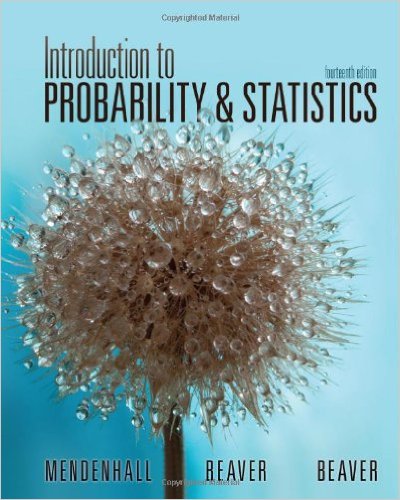| Week | Chapters/Sections | Topics covered | Remarks |
| Week 1 (Jan 9, 11, 13) | Chapter 10 (sections: 10.1-10.4) | Inferences from one sample | |
| Week 2 (Jan 18, 20) | Chapter 10 (sections: 10.4-10.8) | Paired t-test, comparing two population variance | |
| Week 3 (Jan 23, 25, 27) | Chapter 9: revisit (sections: 9.5-9.6) | Power of test, test of proportions | |
| Week 4 (Jan 30, Feb 01, 03) | Chapter 11 (sections: 11.1-10.5) | The analysis of variance | |
| Week 5 (Feb 06, 08, 10) | Chapter 11, review | | |
| Week 6 (Feb 13, 15, 17) | Chapter 12 (sections 12.1-12.3) | Linear regression and correlation | |
| Week 7 (Feb 20, 22, 24) | Chapter 12 (12.4-12.8) | Linear regression and correlation | |
| Week 8 ( Feb 27, Mar 01, 03) | | Spring recess | |
| Week 9(Mar 06, 08, 10) | Chapter 13(13.1-13.4) | Multiple regression Analysis | |
| Week 10 (Mar 13, 15, 17) | Chapter 13 (sections: 13.5, 13.8) | Multiple regression Analysis | |
| Week 11 (Mar 20, 22, 24) | Chapter 13 | Multiple Regression: exam 2, review | |
| Week 12(Mar 27, 29, 31) | Chapter 14 (14.1), Exam II review | Exam II, categorical data Analysis | |
| Week 13 (Apr 3, 5, 7) | Chapter 14 (14.2, 14.4) | Goodness of fit test | |
| Week 14 (Apr 10, 12, 14) | Chapter 14 (14.5, 14.6) | contingency table, chi-square test | |
| Week 15 (Apr 17, 19, 21) | Chapter 15* | Non-parametric statistics | |
